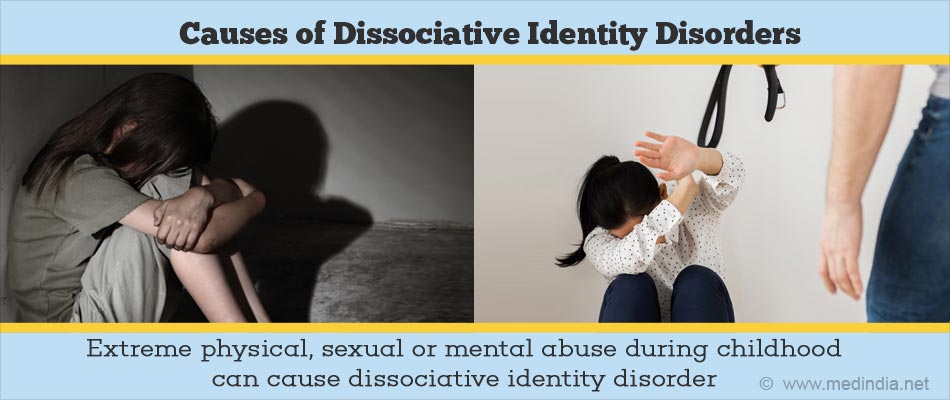
Dissociative disorders occur when a person experiences a loss of memory, alters the way that they think and feel, and creates a whole new world with their mind. People with a dissociative disorder often experience an involuntary escape from the real world characterized by a loss of identity, memories, identity and consciousness. Individuals of all age groups, racial, ethnic, social and economic backgrounds can suffer from a dissociative disorder at one time or another.
Although there is no cure for this disorder, there are ways to treat the symptoms
Some common symptoms of the disorder include: a sense of being watched, the ability to have several different personalities, and altered perceptions. If you or someone you know suffers from this condition, see a doctor or psychiatrist immediately.
The cause of dissociative disorder is unknown. Research shows that a person with this disorder often confuses time for space. A person often has strange beliefs that do not correspond to his current environment.
The disorder often causes anxiety and fear in the person. Many patients also report unusual feelings of detachment from family and friends. This makes them feel lonely and isolated.
Symptoms of this disorder can include hallucinations, delusions, depersonalization, derealization, depersonalization, amnesia, multiple personality, and hallucinations. If you or someone you know has been diagnosed with this disorder, talk to your doctor about symptoms and treatments. There are many different treatments you can try. It is important to remember that these medications and treatments are only used to relieve the symptoms of the disorder and are not intended to treat the disorder itself.
Therapy is a good first step to treatment. If you have trouble sleeping, try cognitive behavioral therapy. This form of therapy allows the person with the disorder to learn to recognize their fears and replace them with positive thoughts. These negative thoughts can then be replaced with positive ones, which will help the person deal with their fears.

Cognitive Behavioral Therapy can be used to help patients change behaviors that are out of control. For instance, if a child is acting out due to stress or a partner is unreasonable, the patient can learn to talk to them in a loving manner. and then work on controlling those behaviors.
Therapy also helps people to change beliefs that cause a problem. For instance, a child may have a fantasy that they are fat. a therapist will help them understand that this belief is not true. They will learn to replace it with a healthy belief such as; "I am a happy child who wants to eat healthy foods".
A therapist may offer some type of group therapy to the person suffering from this disorder. These group therapy sessions will allow the person to interact with other people. This will help to reduce the isolation and feel more comfortable talking about their disorder. Group therapy sessions can also help them to identify triggers that lead to the disorder.
Patients should also try to avoid having too much caffeine or alcohol at night. This can cause the brain to be over stimulated and cause symptoms. The brain chemicals can also be depleted. if a patient is not able to get enough sleep, he or she may have trouble falling asleep at night.
Medications may also be helpful. The doctor may prescribe certain medications to control the anxiety and depression that a patient may be suffering from. Some of the medication options include antidepressants and benzodiazepines.
If medication is not helpful, psychotherapy is also a good option. Psychotherapy helps to learn to manage the symptoms and anxiety of the disorder. This type of therapy may also teach patients to identify triggers that lead to the disorder.